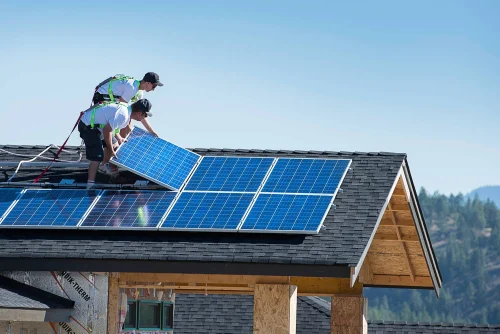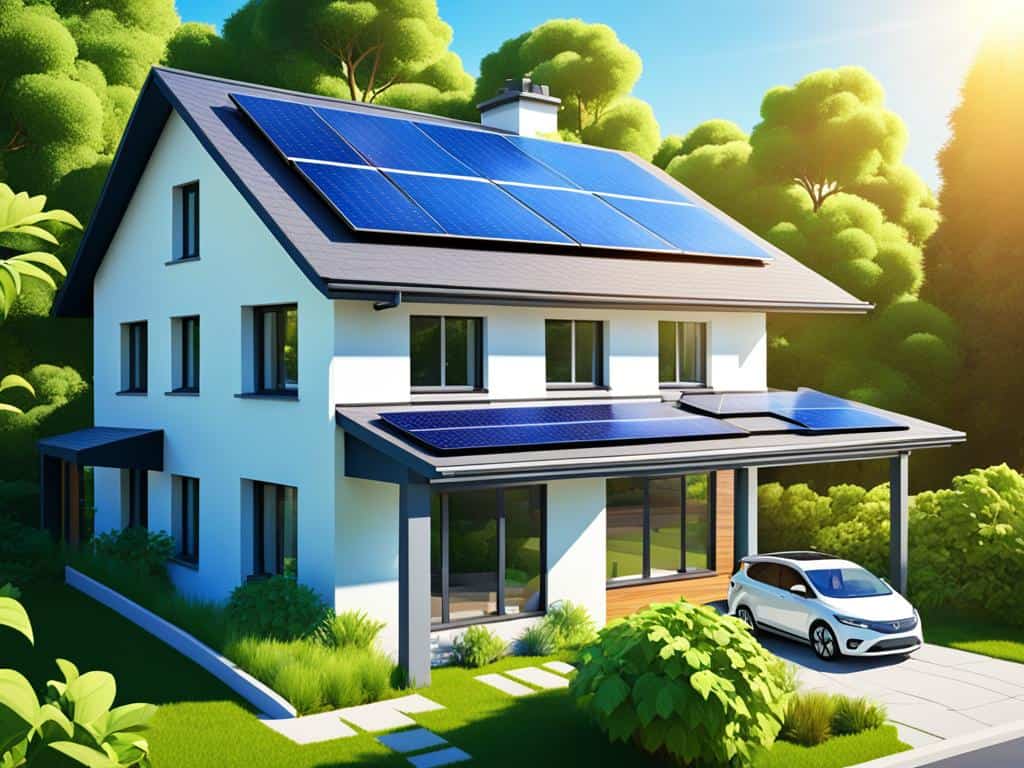When considering solar power or other major equipment investments, one of the biggest decisions isn’t just what to buy—it’s how to pay for it. Three common financing options dominate the conversation: leases, loans, and PPAs (Power Purchase Agreements). Each option has unique pros and cons, and the right choice depends on your f
When considering solar power or other major equipment investments, one of the biggest decisions isn’t just what to buy—it’s how to pay for it. Three common financing options dominate the conversation: leases, loans, and PPAs (Power Purchase Agreements). Each option has unique pros and cons, and the right choice depends on your financial goals, risk tolerance, and long-term plans. Let’s break them down in plain language.

A solar lease is similar to renting your solar system. You don’t own it—the leasing company does—but you get to use the power it produces.
How it works:
You pay a fixed monthly fee for the use of the solar system. The leasing company installs, owns, and maintains it.
Pros:
Cons:
Best for: Homeowners or businesses who want to go solar with minimal upfront costs and don’t want to handle maintenance.
A solar loan lets you finance the purchase of your solar system, just like buying a car with a loan.
How it works:
You borrow money from a bank, credit union, or solar lender and repay it over time, usually 5–20 years.
Pros:
Cons:
Best for: Those who want to own their solar system, benefit from incentives, and have the credit or cash flow to handle loan payments.
A PPA is like a lease but with payments based on the amount of electricity your system produces.
How it works:
The solar company installs and owns the system. You agree to buy the electricity it generates at a fixed rate per kWh, usually lower than your utility rate.
Pros:
Cons:
Best for: Customers who want immediate savings without ownership responsibilities and are comfortable with a long-term agreement.
| Feature | Lease | Loan | PPA |
|---|---|---|---|
| Ownership | Provider | You | Provider |
| Upfront Cost | Low / None | Low to High | None |
| Tax Incentives | No | Yes | No |
| Monthly Payments | Fixed | Fixed loan installments | Per kWh generated |
| Maintenance | Provider | You | Provider |
| Contract Length | 10–25 years | 5–20 years | 15–25 years |

There’s no one-size-fits-all answer. If ownership and long-term savings matter most, loans are your best bet. If you prefer a hands-off, low-risk approach, leases or PPAs might make more sense. Before deciding, compare quotes, read contracts carefully, and consider your financial goals for the next 15–25 years.